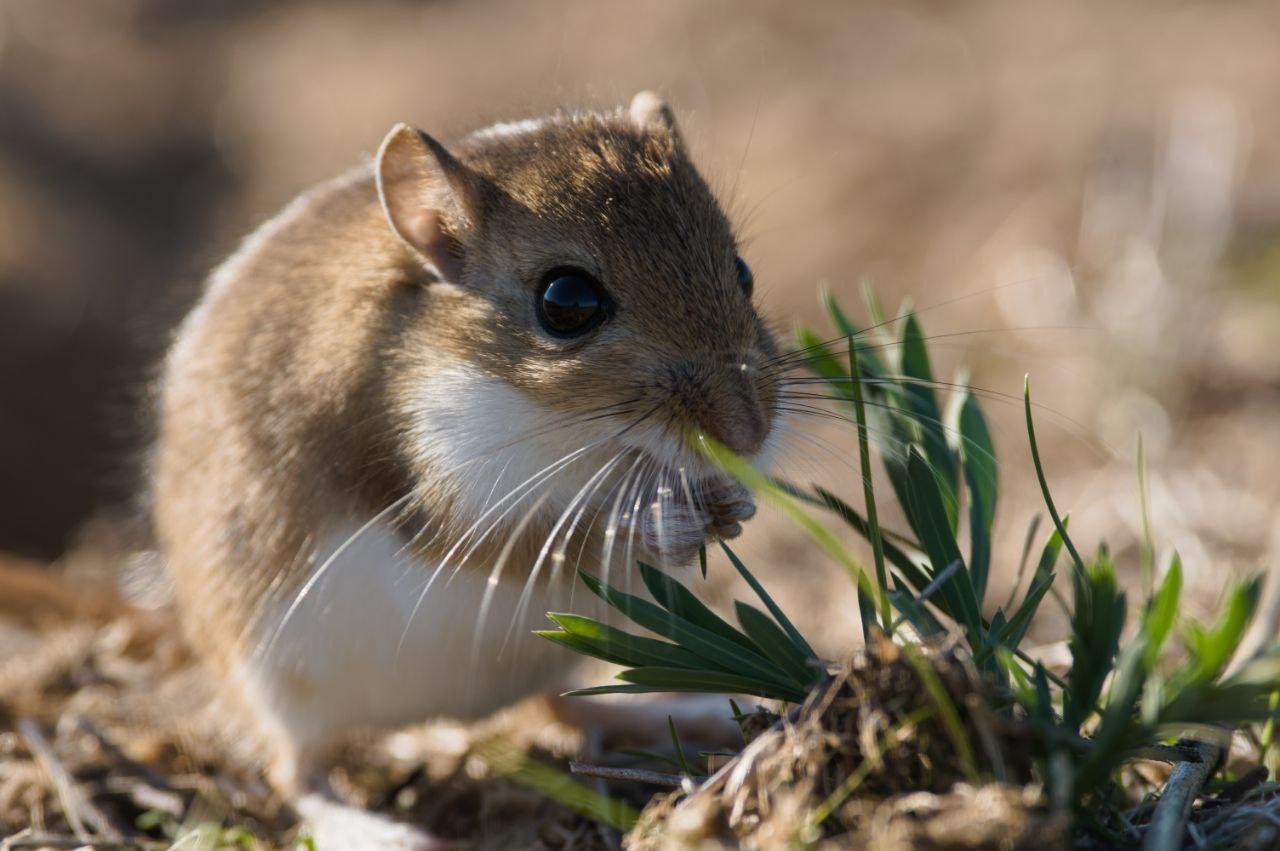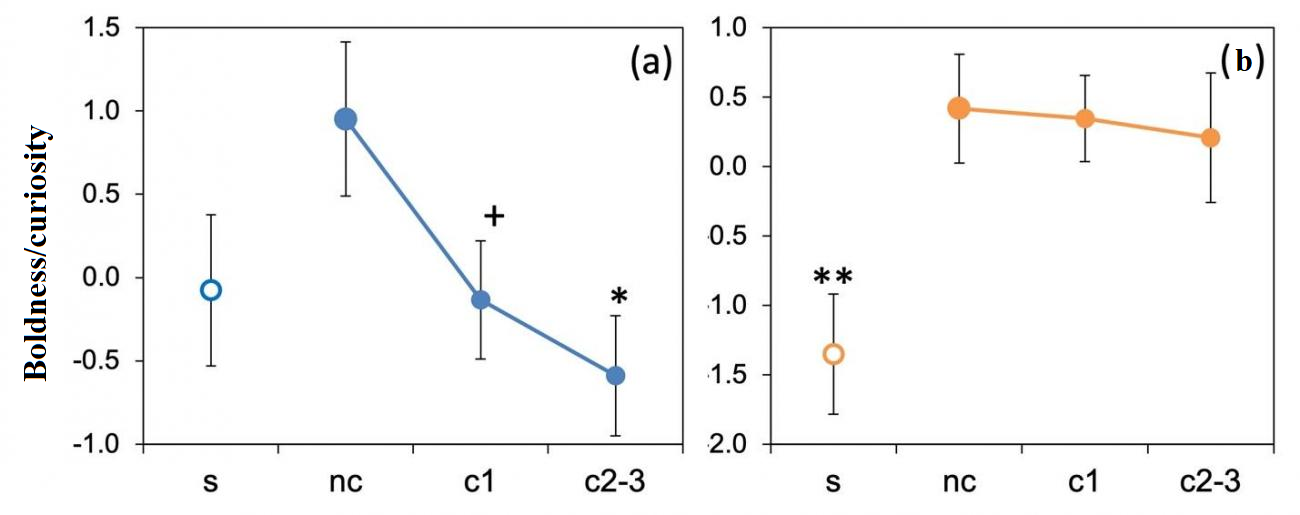
Human activity, which actively influences global processes, has accelerated the movement of habitats of living organisms so much that it allows us to study it in real time. In Kalmykia, a new cycle of desertification has opened up the possibility of studying the movement of the habitat of a background desert rodent species, the midday gird(Meriones meridianus), which colonizes new spaces.
What distinguishes the behavior of colonists who find themselves in new and unfamiliar conditions from their relatives who remain in the maternal population?

Both males and females of the first colonists turned out to be bolder and more curious. However, after a year, male colonists become as timid as males in the maternal population. In contrast, female colonists retain the "bold" phenotype in subsequent generations, which indicates their spatial sorting during the process of range expansion: bold females end up at the forefront. The flexible reversible response of male colonists to novel conditions, on the one hand, and the stable syndrome of a bold and curious colonizer in females, on the other, represent two alternative strategies, both of which ensure colonization success, but in a sex-specific manner. We explain these differences by the fact that for usually philopatric female mammals, moving beyond the familiar ecological and social environment to empty territories represents a special challenge and requires special properties of the behavioral phenotype, including boldness.
The article was published in Royal Society Open Science: Flexible males, proactive females: increased boldness/exploration damping with time in male but not female colonists Andrey V. Tchabovsky, Elena N. Surkova, Ludmila E. Savinetskaya and Ivan S. Khropov Published: 18 December 2024.
